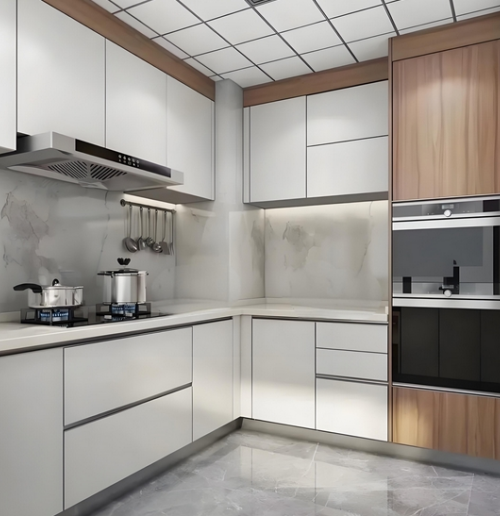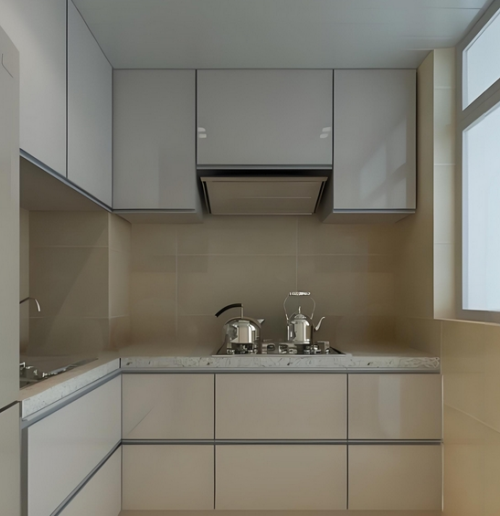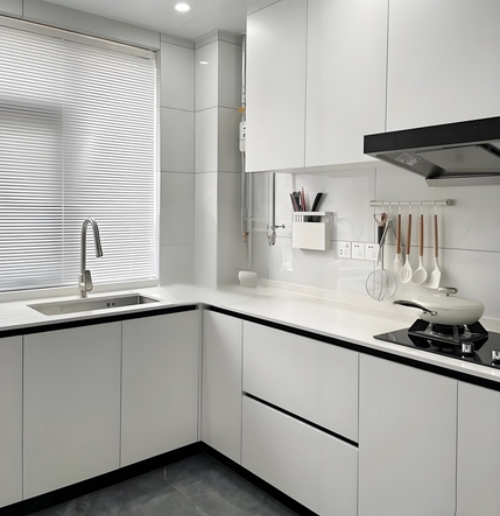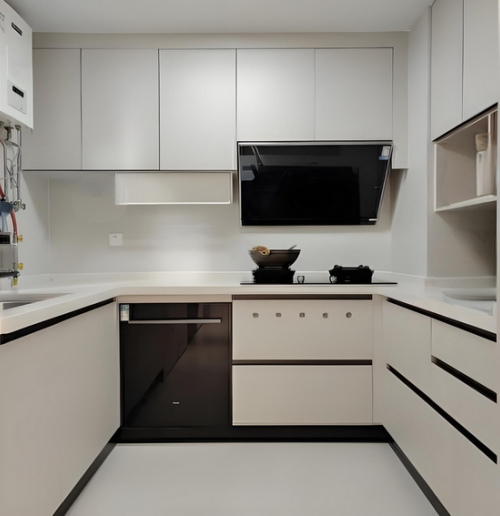
Home / Blog Center / Chargers / Understanding PET Cabinet Doors: Pros, Cons, and Essential Insights
Understanding PET Cabinet Doors: Pros, Cons, and Essential Insights
30/05/2025 | OtterOasis
In present day domestic enrichment, the choice of cabinet materials is vital for the in general aesthetics and common sense of the space. PET (Polyethylene Terephthalate) fabric, as an rising fabric for cabinet entryways, is favored due to its special properties. Here, we are going present the points of interest and impediments of PET fabric cabinet entryways.
PET Cabinet Entryways:Weighing the Masters and Cons for Your Home:
Preferences
1. Visual Impact
PET cabinet entryways ordinarily highlight a smooth surface and a wide extend of color choices, catering to different domestic enhancement styles. The surface of PET fabric reflects light, making a shinning and roomy visual impact. Additionally, the printing innovation of PET fabric permits for more inventive plans, empowering the creation of personalized cabinet entryway faces.
2. Solidness
Compared to conventional wooden cabinet entryways, PET cabinet entryways have higher wear and scratch resistance. This implies they are less likely to appear signs of wear during day by day utilize, permitting them to preserve their appearance over the long term. Moreover, PET fabric has great resistance to muggy situations, making it less inclined to misshapening or splitting, which is perfect for utilize in kitchens and other soggy zones.

3. Simple to Clean and Keep up
The smooth, non-absorbent surface of PET cabinet entryways makes cleaning straightforward. Ordinarily, wiping with a clammy cloth is sufficient to remove stains, dodging the discoloration or harm that will happen with other materials amid cleaning. In this manner, choosing PET fabric for cabinet entryways can altogether diminish the time and exertion included in domestic cleaning.
4. Natural Properties
Most PET materials are recyclable, giving them an advantage in environmental neighborliness. Utilizing recyclable materials not as it were decreases dependence on common assets but too makes a difference minimize natural contamination. More buyers are starting to center on the maintainability of building materials, and PET fabric meets this request.

Impediments
1. Generally Tall Cost
In spite of the fact that PET has numerous predominant properties, its cost is still higher compared to a few conventional materials like plywood or medium-density fiberboard. This may lead to faltering among budget-conscious customers when making a choice. Tall costs can in some cases be a reason for certain family units to swear off PET materials.
2. Limited Heat Resistance
Whereas PET fabric is moderately tough, it may discolor or distort beneath greatly tall temperatures. Usually especially imperative to consider in kitchens and other high-heat ranges. In this manner, when selecting PET cabinet entryways, it's basic to orchestrate cooking ranges fittingly to dodge coordinate warm influencing the life expectancy of the cabinet entryways.

3. Difficult to Repair
Compared to wooden cabinet doors, PET materials are more challenging to repair once damaged, such as scratches or dents. Although some surface repair technologies are being developed, overall, once a PET cabinet door is damaged, it often requires replacing the entire door rather than simply repairing the affected area.
4. Surface Prone to Fingerprints
Despite the high gloss of PET, its surface is more prone to retaining fingerprints and grease, especially when used in kitchens. Although it is relatively easy to clean, frequent cleaning may still be a concern for some consumers, affecting the overall user experience.

In summary:This concludes our introduction to the advantages and disadvantages of PET material cabinet doors. We hope this information is helpful, and if you would like to learn more relevant knowledge, please continue to follow our website.



















